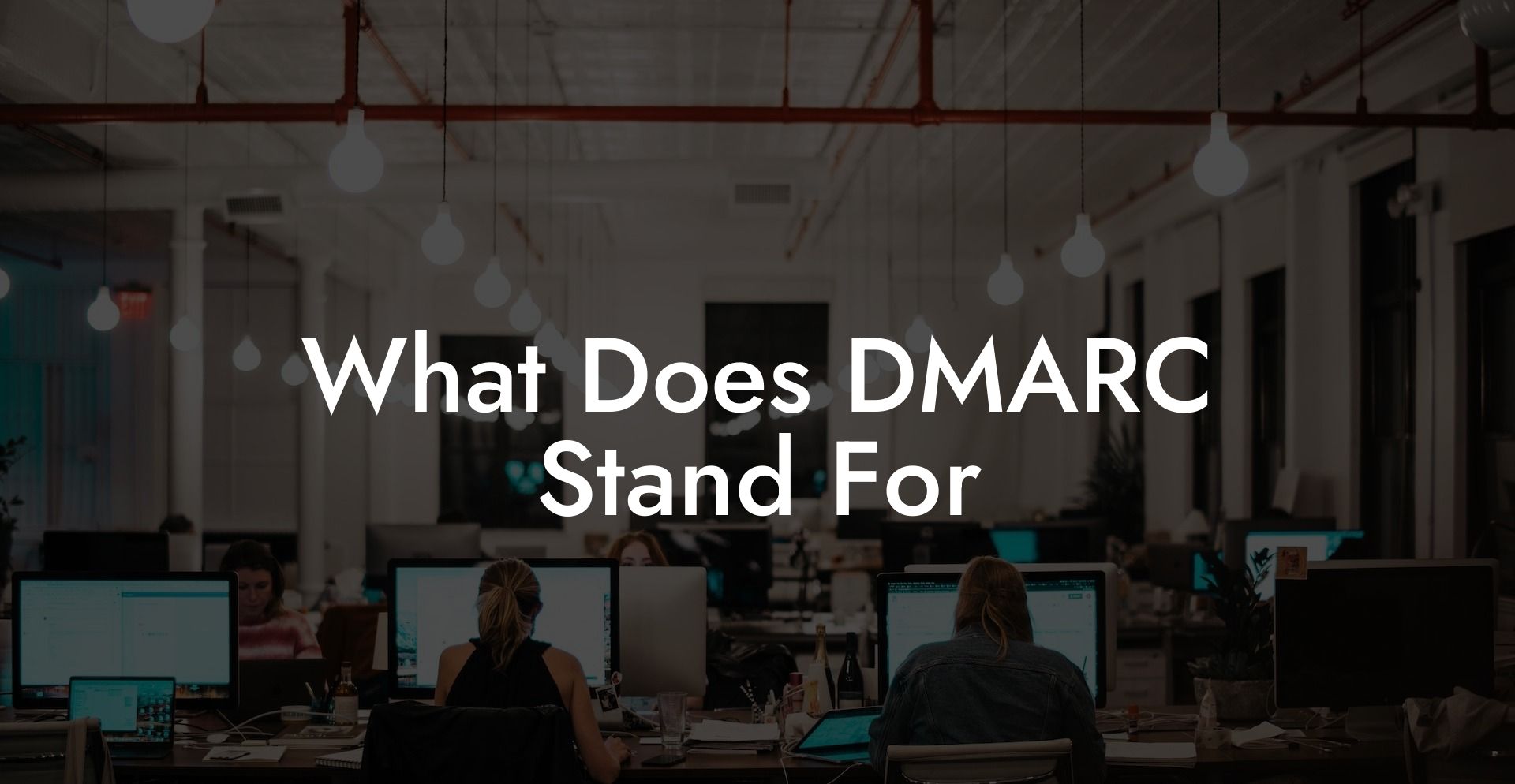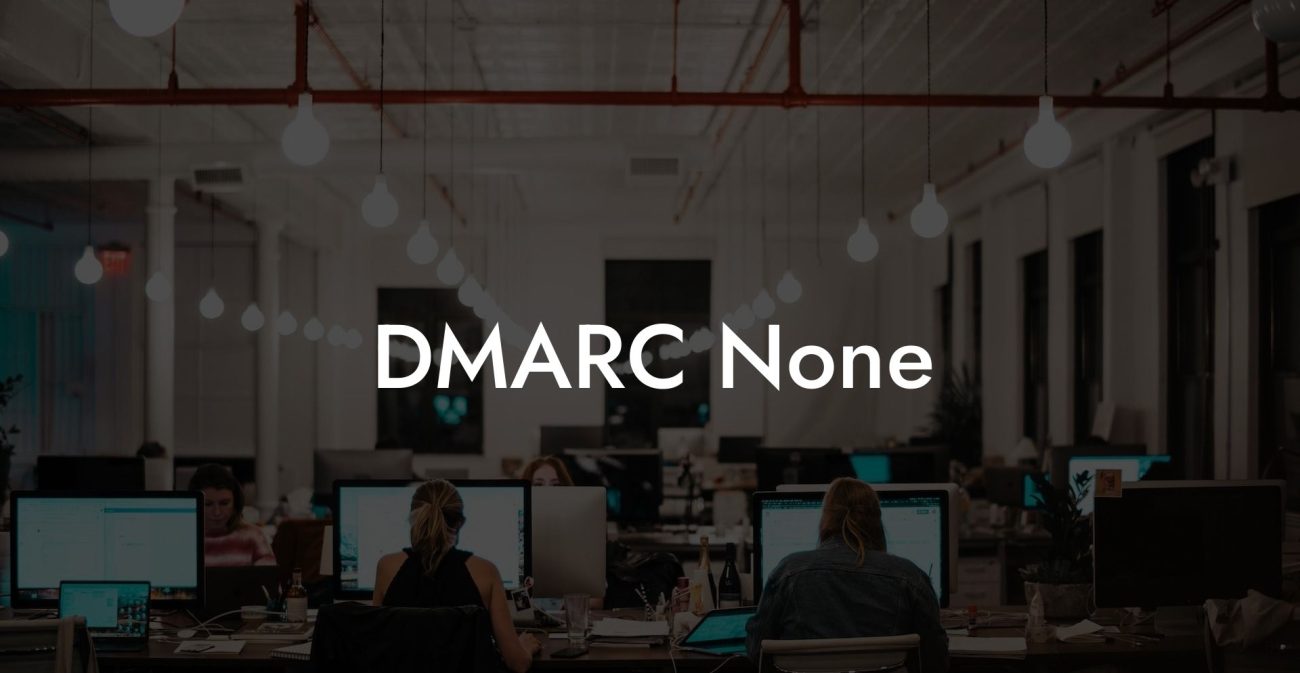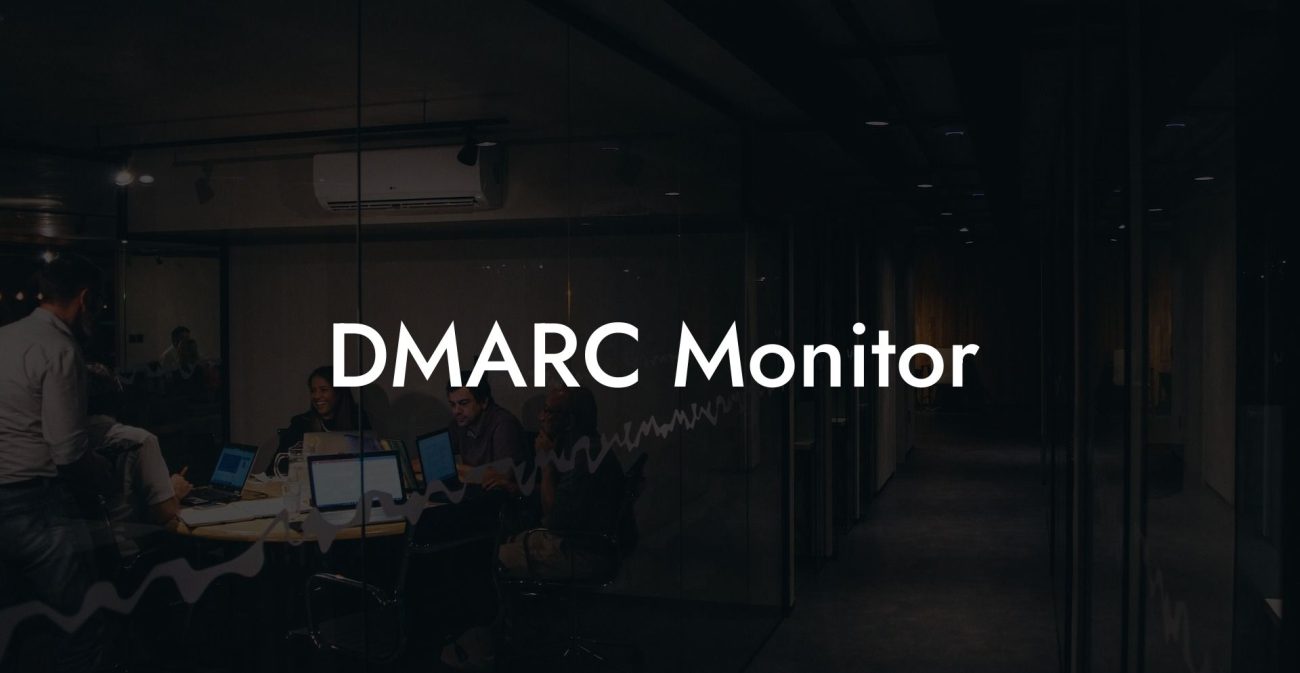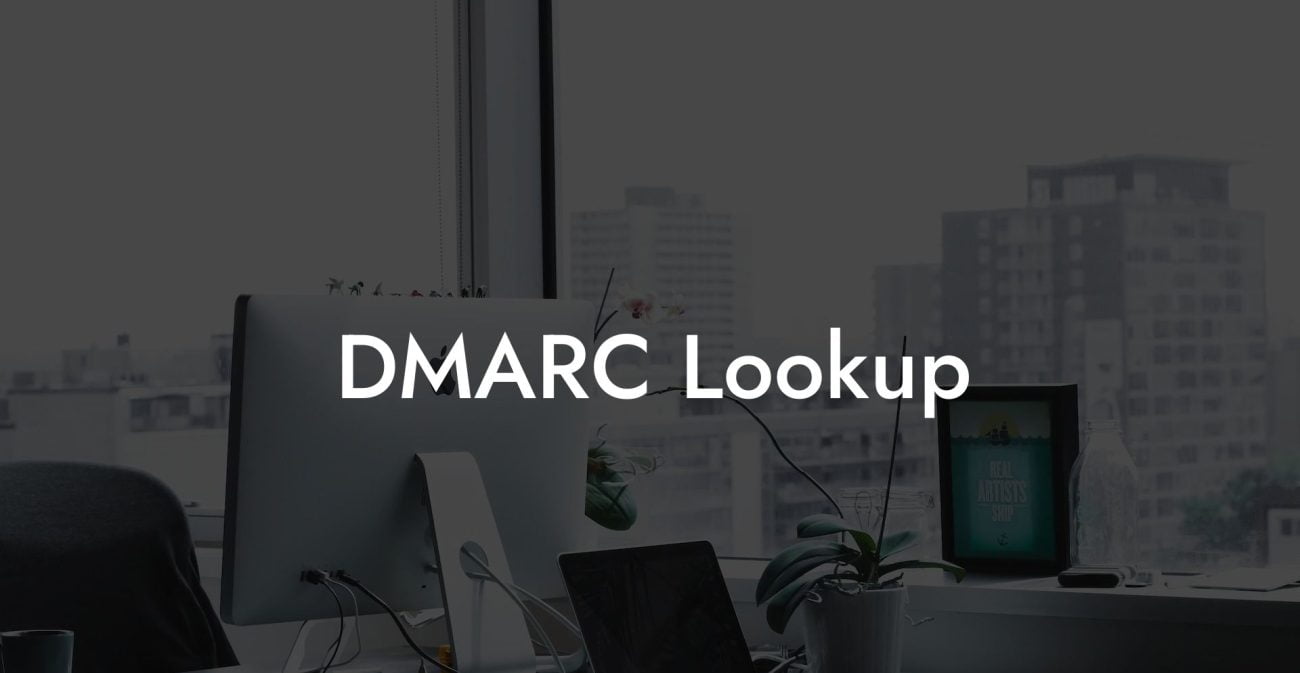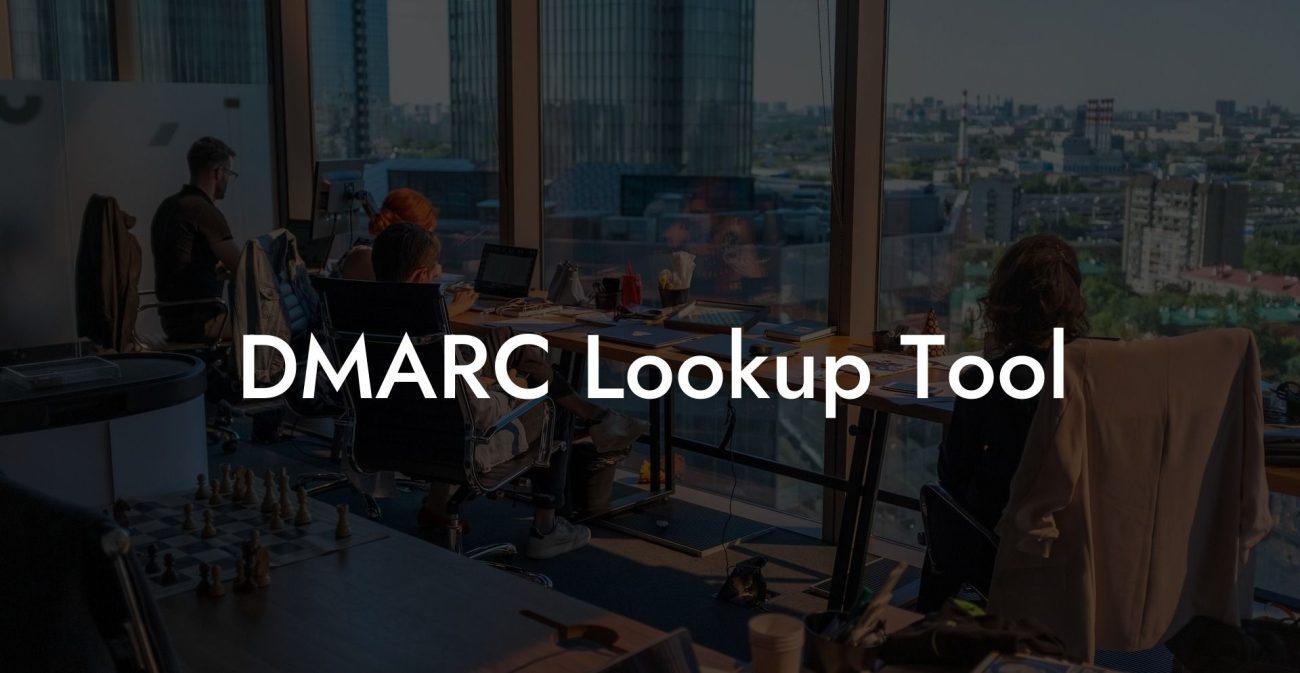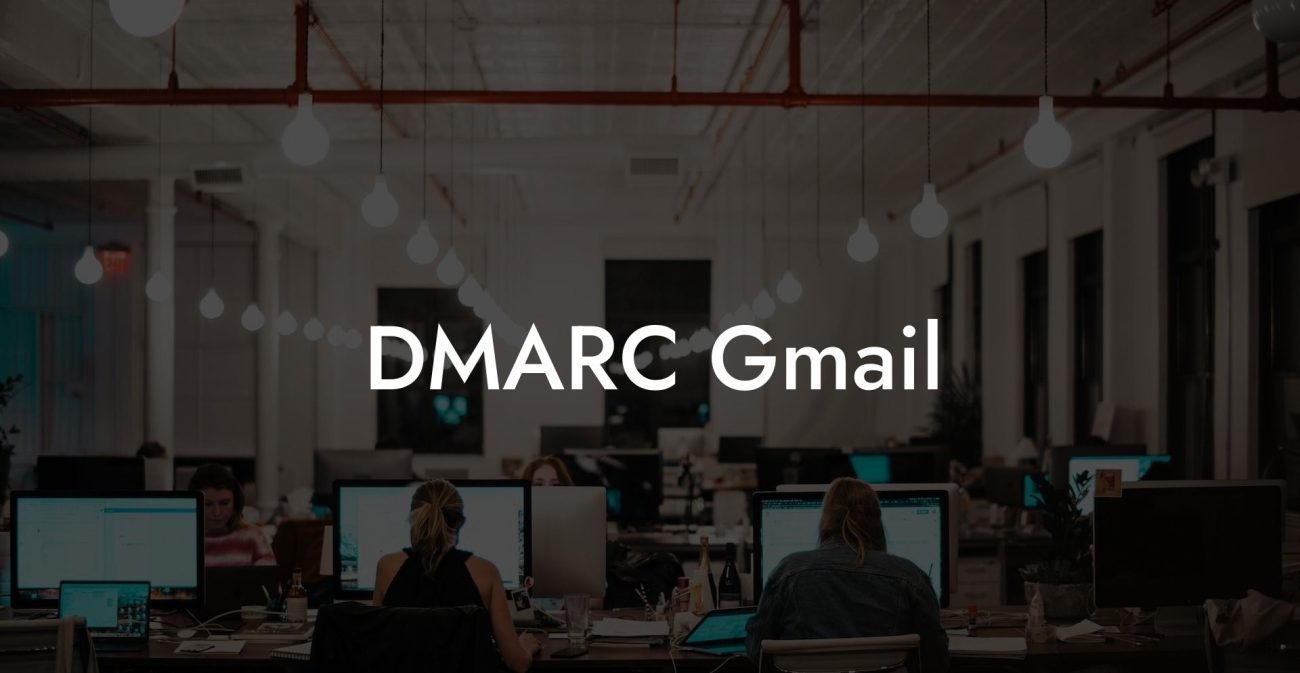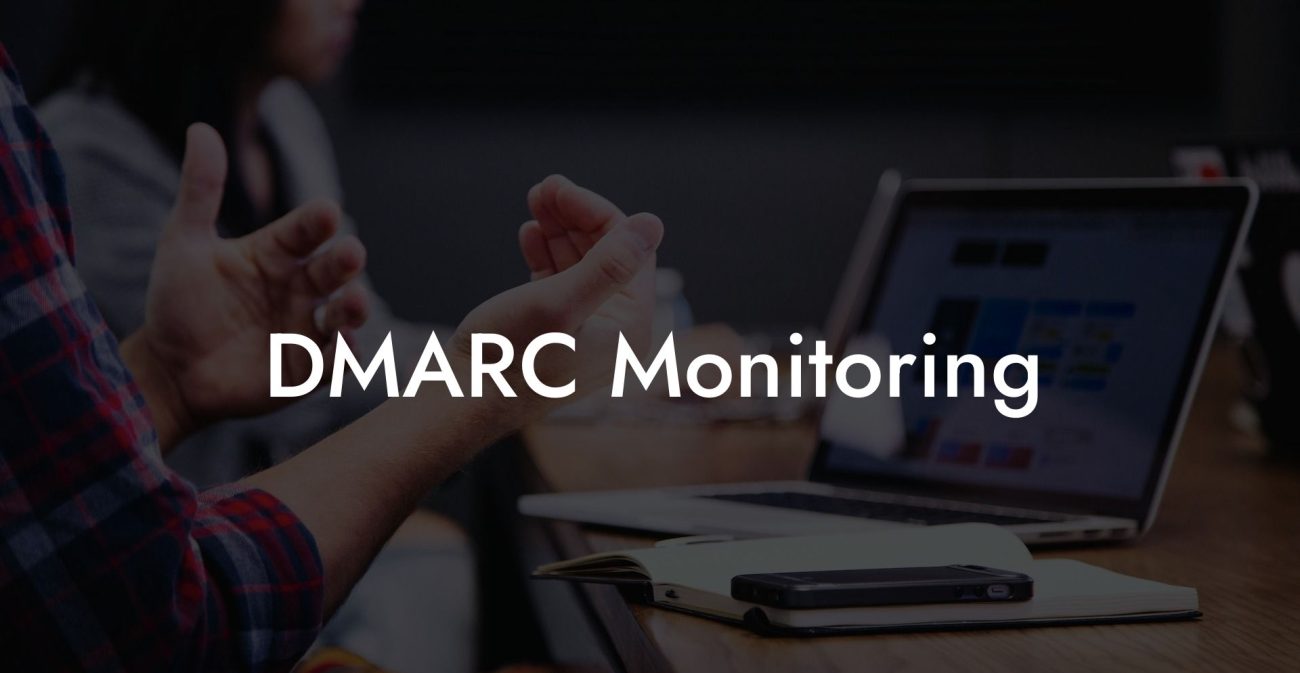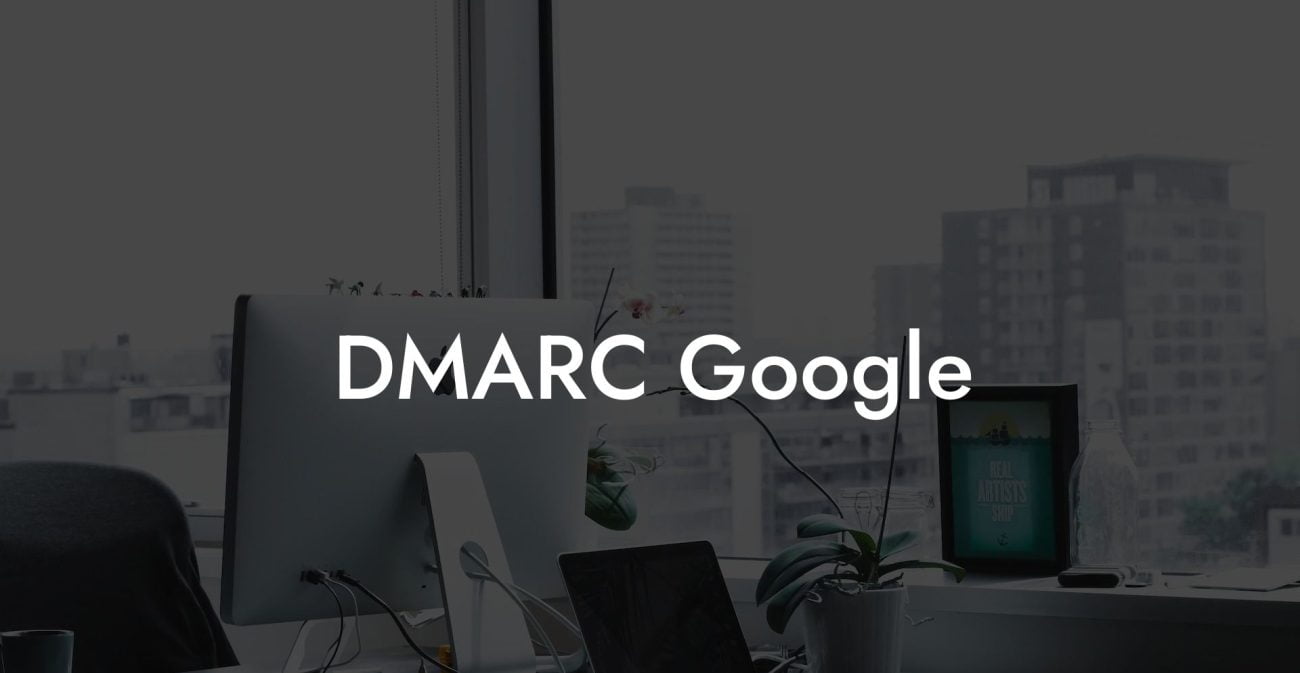In today's digital world, email security has become more crucial than ever. With phishing attacks on the rise and scammers becoming increasingly sophisticated, businesses and individuals must take proactive measures to protect their sensitive data. One powerful email security tool that has gained traction in recent years is DMARC. But what does DMARC stand for, and how can it help prevent phishing attacks?
What Does DMARC Stand For Table of Contents
In this comprehensive guide, we will explore all aspects of DMARC, uncovering how it works, its benefits, and how to implement it in your email security strategy. Let's delve into the world of advanced email authentication and arm ourselves against cyber threats.
Understanding DMARC: The Basics
Protect Your Data Today With a Secure Password Manager. Our Top Password Managers:
DMARC, which stands for Domain-based Message Authentication, Reporting, and Conformance, is an email authentication protocol that enables domain owners to protect their domains from unauthorized use, such as in phishing and spoofing attacks. DMARC builds upon two existing authentication methods: Sender Policy Framework (SPF) and DomainKeys Identified Mail (DKIM).
How DMARC Works
DMARC operates by allowing domain owners to publish policies related to email authentication. These policies specify how an email receiver should handle an email that fails SPF or DKIM validation. DMARC provides domain owners with the following options:
- None: Monitor only, no action is taken against failed emails.
- Quarantine: Mark failed emails as suspicious and move them to the spam folder.
- Reject: Reject failed emails outright.
In addition to specifying how to handle failed emails, domain owners also receive reports from email receivers, allowing them to monitor any issues with their email authentication system.
Why Implementing DMARC is Beneficial
Adding DMARC to your email security arsenal is crucial due to its numerous benefits:
- Phishing Protection: DMARC protects against phishing attacks by ensuring that only legitimate emails from your domain are delivered to recipients, reducing the risk of sensitive data being intercepted.
- Brand Reputation: Implementing DMARC can significantly decrease the likelihood of your domain being used in fraudulent activities, helping to maintain your organization's reputation.
- Improved Email Deliverability: By authenticating email senders and eliminating potential spam, DMARC improves the chances of your emails being delivered to recipients' inboxes.
- Insight and Visibility: Through DMARC reports, organizations can gain insight into their email authentication system, identify any issues, and make necessary adjustments.
How to Implement DMARC: A Step-by-Step Guide
- Ensure SPF and DKIM are in place: DMARC relies on SPF and DKIM authentication, so ensure these methods are correctly set up for your domain.
- Create a DMARC policy: Decide whether you want to start with none, quarantine, or reject. It's recommended to begin with 'none' for monitoring purposes and gradually adjust your policy based on the results.
- Generate a DMARC record: Generate a DMARC record using an online tool or manually create one, specifying your desired policy and reporting options.
- Deploy the DMARC record: Add the DMARC record to your domain's DNS settings, so email receivers can identify and authenticate your emails.
- Analyze and adjust: Review the DMARC reports to identify potential issues, improve email authentication, and adjust your DMARC policy as needed.
What Does DMARC Stand For Example:
DMARC in Action: A Real-World Scenario
Imagine you run a successful online store and depend heavily on email marketing to communicate with your customers. Unfortunately, cybercriminals have begun targeting your domain, using your branding in phishing emails to deceive customers and gain access to sensitive information. Not only does this harm your reputation, but it also leads to a decrease in email deliverability and a loss of customer trust.
By implementing DMARC, your domain and customers are protected from these malicious activities. You begin by setting up SPF and DKIM authentication methods, followed by creating a DMARC record with a 'none' policy to monitor the situation. Eventually, you adjust the policy to 'reject' once you have analyzed the reports and ensured proper email authentication. Now, unauthorized emails using your domain are identified and prevented from reaching your customers, ultimately safeguarding your reputation and increasing email deliverability.
Now that you understand what DMARC stands for and its vital role in protecting your email infrastructure, it's time to implement it as part of your email security strategy. By doing so, you can secure your domain, improve email deliverability, and maintain your brand's reputation in the face of ever-evolving cyber threats.
If you found this post helpful, we encourage you to share it with friends and colleagues and explore other resources on voice phishing and cybersecurity available on our blog. Together, let's create a safer digital world for all.
Protect Your Data Today With a Secure Password Manager. Our Top Password Managers:

